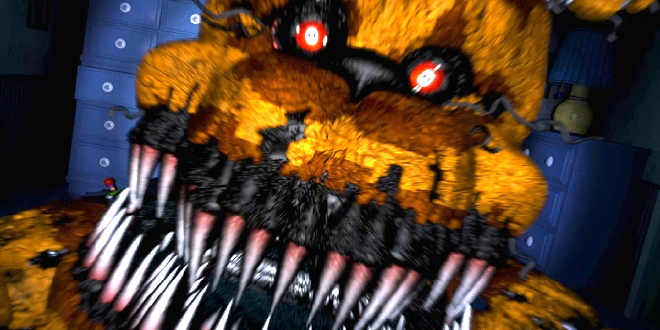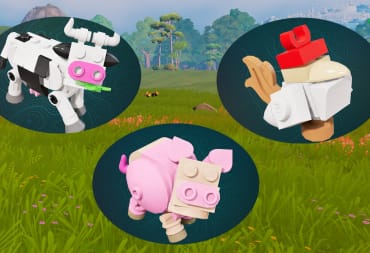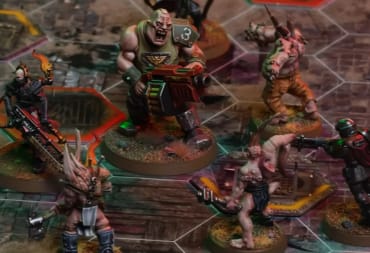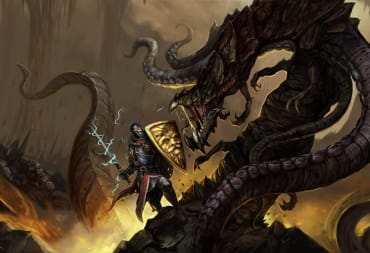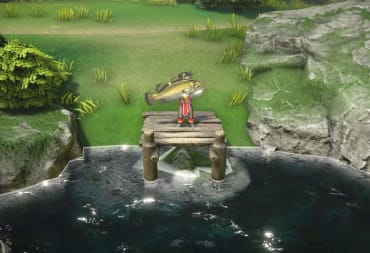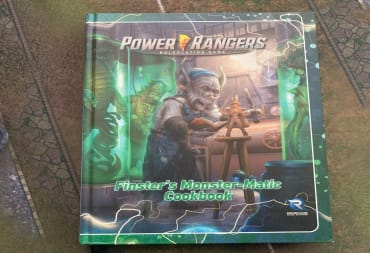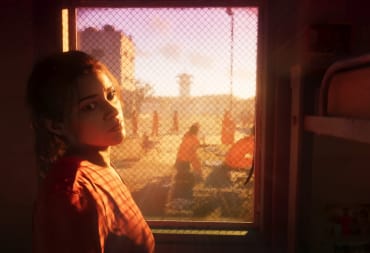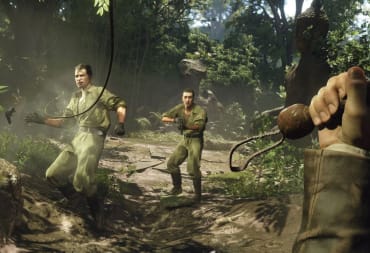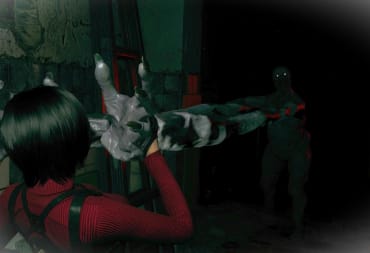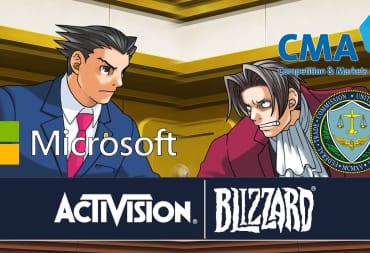Horror is a fun genre isn't it? It's built the legacy of many a YouTuber, it's promoted the rise of the Creepypasta through games like Slender, and they fulfill a somewhat primal urge to be afraid. Video games are a perfect medium for horror. To be truly terrifying you need an element of immersion, and there are few better ways to accomplish that than in a game—preferably on a system like the Oculus Rift. But there is one blemish on the horror genre that doesn't seem to get much praise: the jumpscare. A jumpscare, if you've never communicated with the outside world, is self explanatory. Something, usually something scary but often something innocuous like a kitchen sink, makes a loud sound or springs into a person's face and makes them, well, jump. You find them in most horror movies and video games, and they're an easy target for critics.
The argument is that jumpscares aren't really scary, just startling. That they're cheap ways to get the players heart rate up with little effort. As a frequent player of horror games, I would like to argue in favor of jumpscares. Namely, jumpscares, done correctly, are not one-hat tricks. Now for some games, yes, jumpscares are little more than cheap ways to shock the audience.
Most of the indie made Jeff the Killer games have this problem. Jeff the Killer was originally a creepypasta that was made into a few short indie horror games, which are almost exclusively comprised of jumpscares. These don't work, and are more annoying than anything else, serving as my go to for examples of the wrong way to do jumpscares. Unfortunately, they're also what people first think of when they think of the jumpscare.
One of the favorite targets of the anti-jumpscare brigade is the Five Nights at Freddy's series, which achieved critical acclaim after being played on YouTube by everyone with a webcam. Despite the fact there are people who will not go near the game with a ten foot pole because of how terrifying it is, some spoil sports still insist that Freddy's is just jumpscares. How could a game that's purely jumpscares legitimately scare so many people though? 3
To analyze this, here is a simple experiment. Imagine playing a game like Five Nights at Freddy's alone. Now imagine playing it in a room with friends. Which is scarier? Bad jumpscares will spook you in either one, because the point is to be shocking, not frightening. Good jumpscares will get you far worse when you are alone, because they're built by the atmosphere and tone of the game.
Five Nights at Freddy's is not scary because of the jumpscares. It's scary because of the anticipation. In Freddy's 1, 2, and 4, the jumpscares are end-game acts. Once you see one, it's game over. In 3, the jumpscares were potentially deadly obstacles. All of them, in every game, were avoidable. In the three with end-game only jumpscares, the fear is derived not from the scares themselves, but the sheer stress and anticipation.
Good jumpscares happen in games that have atmosphere and force players to acknowledge their fear, or they add an element of stress to the game that becomes harder to control as you have to wear down the initial shock. They play to your fear of failure and of the unexpected. Freddy's is largely popular because it accomplished this beautifully. Each game plays on a different aspect of a good jumpscare. Fear of when they're inevitable, fear of being forced to anticipate them, and in the latest, the worst human fear of all, that if it hits you, you have only yourself to blame.
See, humans are funny like that. We fear things like spiders and heights, but in actuality, our greatest fears are always more complicated. Games have tried to emulate those more complicated fears directly, but often it takes the player out of the experience, and becomes too focused on a narrative story. Freddy's doesn't force that fear in your face. It's there, lingering in the background. It is also, however, what makes a lot of people keep playing all the way to the hardest modes just to prove they won't be beaten by it.
Other horror games base their jumpscares in the atmosphere of the game. Silent Hill is usually praised, rightfully, as one of the best horror games of all time for its intense atmosphere and survival-based gameplay. But it has jumpscares. What makes those jumpscares work and not bog down the experience is the fact that they're spread out and timed at perfect intervals. Atmosphere is vital in a game like Silent Hill or any long horror game. After a while though, players get used to it, and it stops being scary. A jumpscare can be an excellent way to draw players back into the atmosphere.
Imagine you've walked the same foggy ally for 20 years. At some point you were no longer afraid of the foggy ally. Then one night a raccoon nearly falls on your head and chases you twenty blocks. That ally is probably a lot scarier again, isn't it? Jumpscares in that situation serve as a reminder that now is not the time to be casual when certainly there are monsters around every corner waiting to reach out and kill you.
So remember, jumpscares aren't all bad. There are bad jumpscares, but there are many good jumpscares. That a game uses them frequently isn't a sign that a game is mediocre. Look deeper, look at those jumpscares in the context of the full game, with the atmosphere and lore and buildup included. Then don't look behind you.
Have a tip, or want to point out something we missed? Leave a Comment or e-mail us at tips@techraptor.net
